|
|
Post by swamprat on Apr 13, 2018 14:59:04 GMT
Come on down and have some fun. y'all!
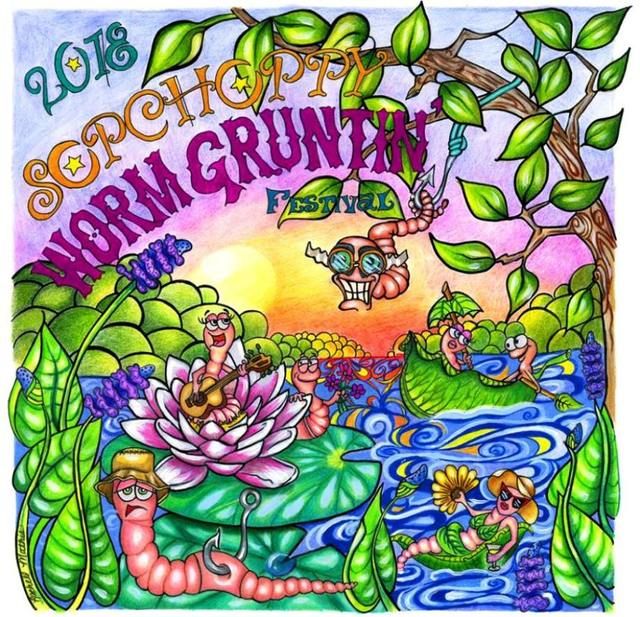 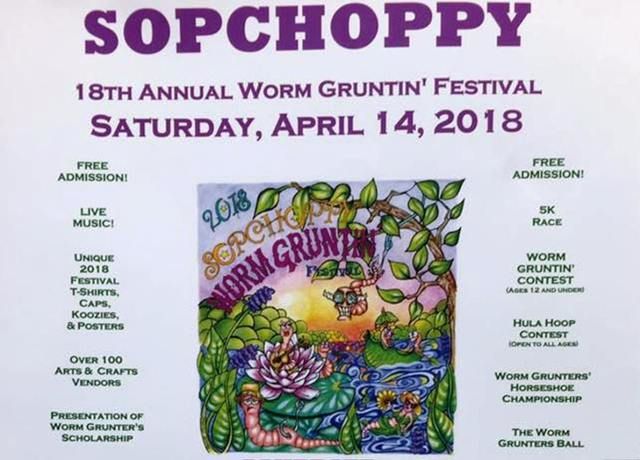  Worm Grunting: The Age-Old Tradition of Charming Worms out of the Ground Worm Grunting: The Age-Old Tradition of Charming Worms out of the Ground
By Anna Roth on August 14, 2014
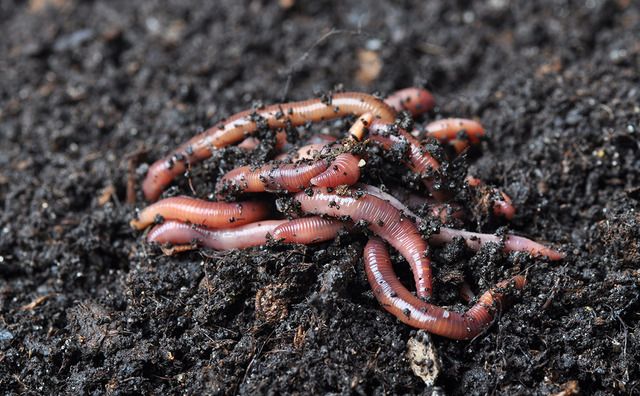
A Practiced Skill!
The sound that Gary Revell makes is otherworldly. Somewhere between a rusted door creaking open and a bullfrog with a sore throat. The simple materials he uses to create the sound – a strip of metal rubbing up against a wooden rod pounded into the earth – make it all the weirder, but that’s nothing compared to its effects on the environment around it. Like magic, the noise drives hundreds of earthworms out of the ground as if reporting for duty.
Revell is worm grunting, an obscure but effective way of gathering earthworms for fishing bait that inhabitants of his town Sopchoppy, on the Florida panhandle, have been practicing for generations. Also known as worm charming, worm fiddling, worm calling, worm snoring, and any number of other regional variations, the act of rubbing wood and metal together to create vibrations in the soil has proven to be one of the best ways for gathering the hearty, meaty Diplocardia mississippiensis earthworms that this corner of the Apalachicola National Forest is known for. In a typical morning, Revell can gather 3,000 to 4,000 worms with his wife, Audrey, which they sell in buckets of 50 for $35.
There is, of course, science to back up this folk method. Much like snakes are charmed by the motion of the instrument instead of its sound, the worms are responding to vibrations rather than the eerie noise. In 2008, researcher Ken Catania from Vanderbilt University accompanied Revell and his wife on a grunting expedition and measured the vibrations created by the thin metal iron rubbing against the two-and-a-half foot wooden “staub.”
modernfarmer.com/2014/08/worm-grunting/
|
|
|
|
Post by HAL on Apr 13, 2018 20:20:49 GMT
Watched a documentary on this.
It's believed that the worms sense the vibration and, thinking it is some underground predator, come to the surface to get out of the way.
HAL
|
|
|
|
Post by HAL on Apr 13, 2018 20:44:10 GMT
Try again. Monthly MUFON ufo sighting reports by state. Feb 2017 to Feb 2018. Some months missing.   You'll need to expand them to read them. Thanks to Swamprat for the data. HAL |
|
|
|
Post by HAL on Apr 13, 2018 20:59:04 GMT
They are much smaller than I wanted, but the larger one is only just inside the 1Mb size limit for attachments.
If any mod would care to have a go at making the charts bigger, please feel free.
To expand the charts just click on them and use the usual the zoom.
HAL.
|
|
|
|
Post by swamprat on Apr 13, 2018 21:17:16 GMT
I'm still waiting for March. Will share when I get it.
Swamp
|
|
Deleted
Deleted Member
Posts: 0
|
Post by Deleted on Apr 13, 2018 22:06:12 GMT
|
|
|
|
Post by WingsofCrystal on Apr 13, 2018 22:17:24 GMT
They are much smaller than I wanted, but the larger one is only just inside the 1Mb size limit for attachments. If any mod would care to have a go at making the charts bigger, please feel free. To expand the charts just click on them and use the usual the zoom. HAL.
I just tried uploading them to photobucket but it said, "error writing target path" and wouldn't let me.
Crystal
|
|
|
|
Post by WingsofCrystal on Apr 13, 2018 22:18:08 GMT
I'm still waiting for March. Will share when I get it.
Swamp
Crystal |
|
|
|
Post by WingsofCrystal on Apr 14, 2018 12:12:15 GMT
Good morning all,
Saturday Matinee
Crystal
|
|
|
|
Post by swamprat on Apr 14, 2018 16:03:00 GMT
You Could Drink This Man's Frostbitten, Amputated Toes in a Cocktail
By Mindy Weisberger, Senior Writer
April 13, 2018
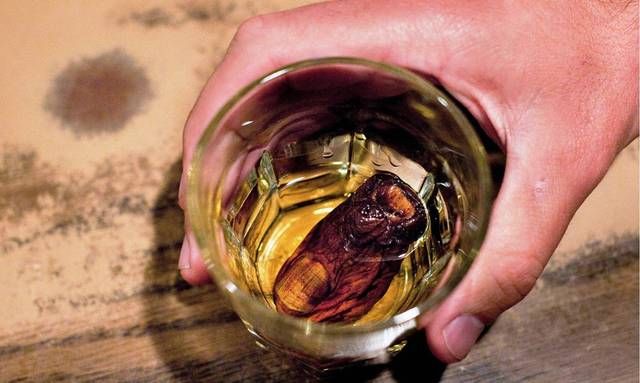 "You can drink it fast, you can drink it slow, but your lips have got to touch the toe." Credit: Chester Voyage/Alamy "You can drink it fast, you can drink it slow, but your lips have got to touch the toe." Credit: Chester Voyage/Alamy
After losing three toes to frostbite, a recent participant in one of the coldest long-distance races on Earth reached a toe-tally bizarre decision for what to do with the detached digits.
During the race, which took place in February in the Canadian Yukon, British competitor Nick Griffiths suffered frostbite so severe that three of his toes had to be amputated. Rather than simply disposing of the toes, he decided to donate them to a remote Canadian bar for use in a signature drink known as the "Sourtoe Cocktail," which famously includes a dehydrated human toe, according to the Toronto Star.
It all began when Griffiths entered the 300-mile (483 kilometers) division of the Yukon Arctic Ultra, a punishing race across frozen wilderness that takes place along the Yukon Quest Trail. Participants race on foot, sleds and mountain bikes, and temperatures can drop below minus 58 degrees Fahrenheit (minus 50 degrees Celsius), according to the race's website.
After 30 hours on the trail, with temperatures measured at below minus 40 degrees F (minus 40 degrees C), Griffiths dropped out with evidence of frostbite on several extremities, but the damage was most severe in his left foot.
Griffiths got the idea to donate his toes while recuperating in a Canadian hospital, when a nurse showed him video footage of her quaffing a drink containing a preserved human toe, served at a bar called the Sourdough Saloon, in the Yukon Territory, Griffiths told the Star. After hearing her story, he decided to contact the bar staff with the offer of three newly detached toes, which they were pleased to accept, the Star reported.
Griffiths' bemused surgeon provided him with the amputated toes in vials of medical-grade alcohol, he told the Star.
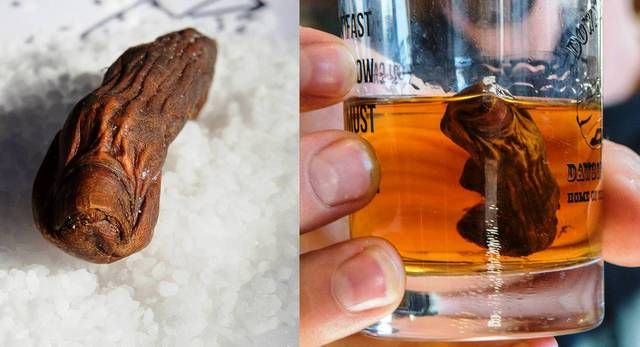 When not floating in a drink, the Sourdough Saloon's stash of toes is stored in salt. Credit: Jean-Francois Bergeron/Enviro Foto When not floating in a drink, the Sourdough Saloon's stash of toes is stored in salt. Credit: Jean-Francois Bergeron/Enviro Foto
For decades, the saloon has offered its Sourtoe Cocktail to intrepid imbibers — a tradition launched in 1973 using a toe that allegedly once belonged to a famous Canadian bootlegger. Patrons arrange to drink the cocktail by appointment and do so under the close supervision of a "Toe Captain." The official toe wrangler ensures not only that drinkers touch the toe with their lips — a requirement for receiving an official certificate from the bar for consuming the cocktail — but also that they neither steal nor swallow the toe (which has happened more than once, and as recently as last year, Live Science previously reported).
The cocktail must contain a minimum of 1 ounce of alcohol — and, of course, one human toe. Other than that, the drink's contents are up to the drinker, though the Sourtoe experience often involves a shot of a local beverage known as Yukon Jack — 80-proof liquor blended from Canadian whisky and honey, according to the Sourdough Cocktail Club website.
More than 100,000 people have sampled the Sourtoe, and in the decades since the grisly drink was first poured, more than 10 toes have been acquired by the saloon operators. Preserved toes are stored in salt when they're not floating in a cocktail. But they don't last forever, and the saloon depends on generous toe-nations such as Griffiths' to keep the Sourtoe Cocktail available for the curious and the brave, Jonny Klynkramer, the Sourdough Saloon bar manager, told the Star.
"We always prefer big toes — they're the meatiest," Klynkramer said.
www.livescience.com/62303-man-donates-amputated-toes-cocktail.html?utm_source=notification
|
|
|
|
Post by HAL on Apr 14, 2018 17:06:26 GMT
Crystal,
..I just tried uploading them to photobucket but it said, "error writing target path" and wouldn't let me..
I gave up on Photobucket years ago.
My method is to do a screen dump (or partial screen) and save the file as a *.JPG. Then I just browse to open the picture and link it as an attachment straight from my computer. The original is a simple Open Office Spreadsheet.
HAL.
|
|
|
|
Post by WingsofCrystal on Apr 15, 2018 13:06:38 GMT
Good morning all,
Hope everyone is having a good weekend.
Nautilus.com
Your Brain’s Music Circuit Has Been Discovered
Posted By Daniel A. Gross on Apr 13, 2018
Before Josh McDermott was a neuroscientist, he was a club DJ in Boston and Minneapolis. He saw first-hand how music could unite people in sound, rhythm, and emotion. “One of the reasons it was so fun to DJ is that, by playing different pieces of music, you can transform the vibe in a roomful of people,” he says.
With his club days behind him, McDermott now ventures into the effects of sound and music in his lab at the Massachusetts Institute of Technology, where he is an assistant professor in the Department of Brain and Cognitive Sciences. In 2015, he and a post-doctoral colleague, Sam Norman-Haignere, and Nancy Kanwisher, a professor of cognitive neuroscience at MIT, made news by locating a neural pathway activated by music and music alone. McDermott and his colleagues played a total of 165 commonly heard natural sounds to ten subjects willing to be rolled into an fMRI machine to listen to the piped-in sounds. The sounds included a man speaking, a songbird, a car horn, a flushing toilet, and a dog barking. None sparked the same population of neurons as music.
Their discovery that certain neurons have “music selectivity” stirs questions about the role of music in human life. Why do our brains contain music-selective neurons? Could some evolutionary purpose have led to neurons devoted to music? McDermott says the study can’t answer such questions. But he is excited by the fact that it shows music has a unique biological effect. “We presume those neurons are doing something in relation to the analysis of music that allows you to extract structure, following melodies or rhythms, or maybe extract emotion,” he says.
When it comes to understanding subtle neurological activity, brain scans are more like magnifying glasses than microscopes. fMRI scans highlight activity in specific regions of the brain, but each data point corresponds to hundreds of thousands of brain cells. Until recently, scientists didn’t have a way to disentangle the behavior of smaller groups of neurons. Even if music and language seemed to activate the same regions of the brain, no one knew if they activated the same cells.
The results challenge a persistent claim that the brain processes music and language in the same way.
The MIT team adopted a new technique to break down the fMRI data. They tried to explain the response to each of the distinct sounds at each point in the brain as a sum of a small number of canonical responses, each potentially corresponding to a different population of neurons. It was a little like zooming in on a photograph until pixels appear, and then finding a way to separate each pixel into even smaller components.
The results challenge a persistent claim that the brain processes music and language in the same way. “You have different neural circuitry that’s involved in music and language,” says McDermott. “There doesn’t seem to be a whole lot of overlap.” Could music be its own form of communication? “To the extent that music functions for communication, it’s quite different from language in that it doesn’t denote specific, concrete things in the world, like something you would say,” he says. “But it obviously expresses something, typically something emotional.”
Intriguing research by Istvan Molnar-Szakacs, Ph.D., a research neuroscientist at the Semel Institute for Neuroscience at the University of California, Los Angeles, suggests that listening to music activates the brain’s mirror-neuron system, a hub in the brain, Molnar-Szakacs says, that includes the limbic system, associated with emotion, that stirs a sense of human agency and “social belonging.”
more after the jump:
nautil.us/blog/-your-brains-music-circuit-has-been-discovered
Crystal
|
|
|
|
Post by WingsofCrystal on Apr 15, 2018 13:09:22 GMT
|
|
|
|
Post by HAL on Apr 15, 2018 20:06:21 GMT
When trying to respond to the thread on the demise on the old site I keep getting..
Bad gateway
The web server reported a bad gateway error.
Ray ID: 40c10335e7653647
Your IP address: 92.234.120.172
Error reference number: 502
Cloudflare Location: Manchester
HAL
|
|
Deleted
Deleted Member
Posts: 0
|
Post by Deleted on Apr 15, 2018 22:20:56 GMT
SURPRISE ASTEROID FLYBY:
With little warning, a relatively large asteroid flew through the Earth-Moon system on April 15th only 192,200 km ( 0.5 LD) from our planet. 2018 GE3 was discovered by the Catalina Sky Survey approaching Earth on April 14th. Hours later, amateur astronomer Michael Jäger of Weißenkirchen Austria video-recorded the space rock rushing through the southern constellation Serpens: 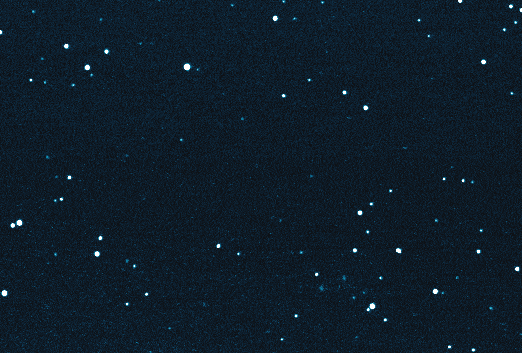 " According to wikipedia, 2018 GE3 is the largest known asteroid to pass that close to Earth in observational history," says Jäger. "It was shining like a 13th magnitude star at the time of my observations." Based on the intensity of its reflected sunlight, 2018 GE3 must be 48 to 110 meters wide, according to NASA-JPL. This puts it into the same class as the 60-meter Tunguska impactor that leveled a forest in Siberia in 1908. A more recent point of comparison is the Chelyabinsk meteor--a ~20-meter asteroid that exploded in the atmosphere over Russia on Feb. 15, 2013, shattering windows and toppling onlookers as a fireball brighter than the sun blossomed in the blue morning Ural sky. 2018 GE3 could be 5 to 6 times wider than that object. If 2018 GE3 had hit Earth, it would have caused regional, not global, damage, and might have disintegrated in the atmosphere before reaching the ground. Nevertheless, it is a significant asteroid, illustrating how even large space rocks can still take us by surprise. 2018 GE3 was found less than a day before before its closest approach. Based on an observational arc of only 1 day, 2018 GE3 appears to follow an elliptical orbit which stretches from the asteroid belt to deep inside the inner solar system. Every ~2.5 years the space rock crosses the orbits of Mercury, Venus, Earth, and Mars--although not necessarily making close approaches to the planets themselves. An interactive 3D orbit of the asteroid is available from JPL: explore it here! www.spaceweather.com/
|
|















